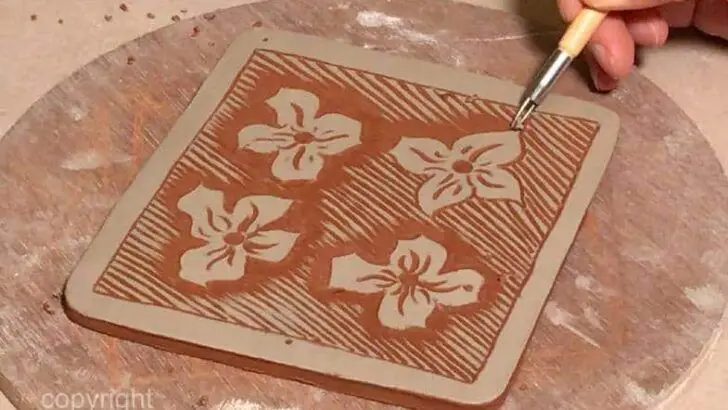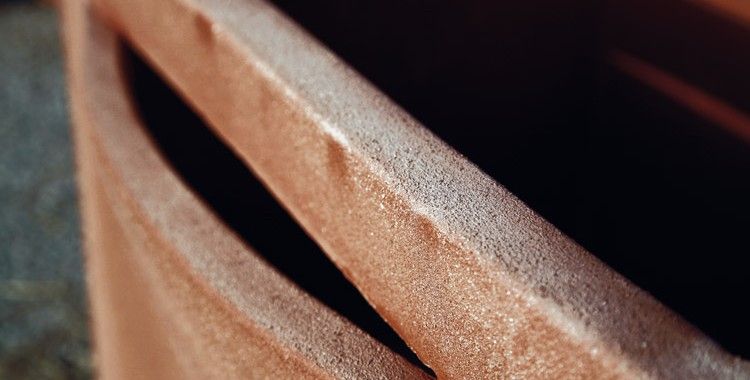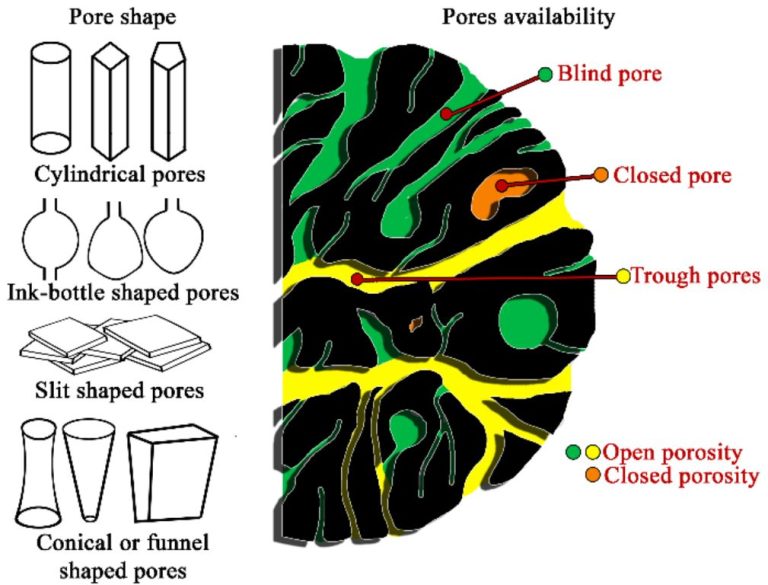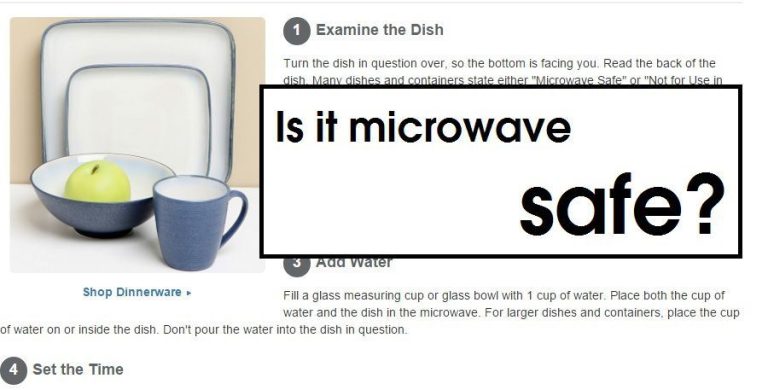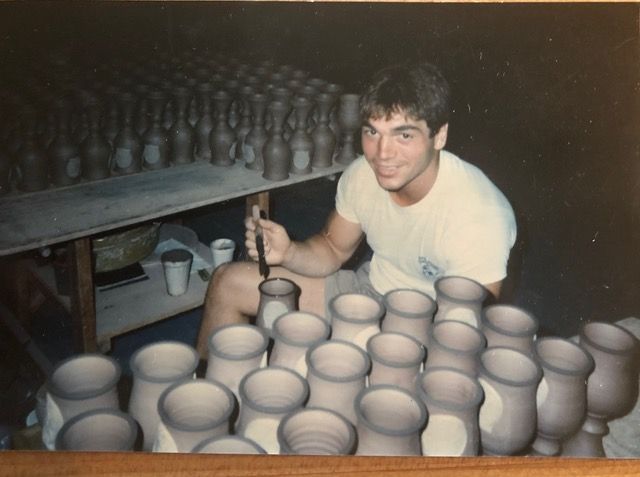What Temperature Is Safe For Stoneware?
Stoneware is a type of ceramic that is fired at a high temperature, typically between 1200°C to 1300°C (2192°F to 2372°F), which results in the material becoming vitrified and non-porous (Lebo, 2017). This makes stoneware ideal for functional items like tableware, cookware, and storage containers.
The non-porous nature of stoneware allows it to be useful for cooking and food storage purposes. Its durability and resistance to thermal shock also make stoneware a popular choice for ovenware and bakeware. However, stoneware is still susceptible to damage if subjected to sudden and extreme temperature changes.
Factors that can impact the durability and longevity of stoneware include the clay composition, firing temperature, thickness of the material, and the conditions it is subjected to in use. Proper care is required to prevent cracking, crazing, or shattering of stoneware pieces.
With careful use and handling, high quality stoneware can provide years of reliable service in the kitchen and home. Understanding its qualities and limitations is important to get the most out of stoneware items.
Composition of Stoneware
Stoneware is made up of several key ingredients that give it unique properties and performance characteristics. The primary ingredients are various clays, feldspar, and silica:
Clays – Stoneware contains ball clay, fire clay, and kaolin clay. The clays provide plasticity which allows the stoneware to be shaped. They also provide strength after firing.[1]
Feldspar – Feldspar acts as a flux, lowering the melting temperatures of the other ingredients. This allows stoneware to vitrify and become non-porous at high temperatures around 1200°C to 1300°C.[2]
Silica – Silica, in the form of quartz, improves thermal shock resistance. It raises the overall melting point of the body.[3]
The exact ratio of these ingredients can be adjusted to optimize for certain characteristics. More feldspar promotes vitrification while more silica increases durability. The composition directly impacts the performance properties of the final stoneware product.
Firing Temperatures

Stoneware clay is typically fired at temperatures ranging from about
2110°F to 2280°F (1150°C to 1250°C), with an average firing temperature of around 2381°F (1305°C) [1]. Firing at these high temperatures leads to vitrification, which fuses the clay particles together to form a non-porous body that is more durable and has increased mechanical strength compared to low-fire clays.
Higher firing temperatures also improve the thermal shock resistance of stoneware. Thermal shock occurs when there is a rapid temperature change, which creates differential expansion and stresses between the body and glaze. Stoneware’s dense, vitrified body can withstand rapid heating or cooling better than more porous low-fire clays, making properly fired stoneware suitable for use in microwave and dishwasher [2].
Thermal Properties
Stoneware has excellent thermal properties compared to other ceramics due to its dense composition and low porosity (Ceramique Technique). The heat capacity, or amount of heat energy stoneware can absorb per degree of temperature change, is approximately 800 J/kg°C, allowing it to retain heat effectively.
Additionally, stoneware has high thermal shock resistance, meaning it resists cracking or breaking when exposed to sudden temperature changes. This is partly due to its low coefficient of thermal expansion compared to porcelain or earthenware. Thermal shock resistance makes stoneware suitable for moving between temperature extremes, like from oven to table (Kyocera).
The thermal conductivity of stoneware is approximately 1.3 W/mK, lower than metals but higher than plastic or glass. This moderate conductivity allows stoneware to transmit heat steadily without getting too hot to handle like metal. Overall, the exceptional thermal properties of stoneware make it an ideal material for baking, serving, and storing hot foods and beverages (Van Casso Tableware).
Recommended Usage Temperatures
When using stoneware for cooking or food storage, it’s important to follow proper safety standards to avoid damaging the stoneware or contaminating food. According to the Soul Ceramics guide, stoneware should not exceed temperatures above 2336°F (1305°C) which is the typical firing range for high-fire stoneware during manufacture.
For cooking applications, most experts recommend keeping stoneware below 450°F when used in the oven. The Little Pot Company notes that since stoneware is fired around 1260°C (2300°F) during production, it should withstand standard oven temperatures. However, thermal shocks from sudden temperature changes can damage stoneware so preheating is recommended.
Stoneware is generally considered freezer, microwave, and dishwasher safe. However, some stoneware may contain materials like gold leaf decoration that can deteriorate or metals that may arc in the microwave. It’s best to verify the specific type of stoneware before exposing it to extreme temperature changes.
Proper food safety standards should be followed when using stoneware for cooking, serving, or storage. Avoid temperature shocks, preheat stoneware before use, and verify microwave/freezer safety based on the stoneware composition and firing method.
Factors that Damage Stoneware
Stoneware is a durable material, but it can become damaged under certain conditions. One of the most common causes of damage is thermal shock. Thermal shock occurs when there is a rapid change in temperature, causing the stoneware to expand or contract too quickly. This can lead to cracks or fractures (Stoneware Care and Use: How to Clean & Other FAQs). To prevent thermal shock, avoid extreme temperature fluctuations by preheating stoneware before use and allowing it to cool gradually.
Impact fractures can also damage stoneware. Dropping stoneware dishes or exposing them to hard blows or jolts puts stress on the material that can cause chips, cracks, or breaks (What damages porcelain stoneware). Handle stoneware gently and store it securely to prevent impacts.
Over time, crazing can occur in stoneware. This is a network of fine cracks that form on the glazed surface. It is caused by exposure to extremes of temperature and humidity. The glaze expands and contracts at a different rate than the clay body, causing stress cracks. Though mostly cosmetic, crazing creates microscopic crevices that can harbor bacteria (Lead in stoneware – Harmful?). Proper care can minimize crazing.
Improving Durability
There are a few key things you can do to improve the durability and lifespan of your stoneware:
Proper preheating is crucial. According to How to Care for your Stoneware Pottery, you should avoid thermal shock by never putting your stoneware into a hot oven straight from the refrigerator. Allow both the oven and stoneware to come to room temperature before baking to prevent cracking from sudden temperature changes.
Choose stoneware with thermal shock resistant glazes. Some glazes are designed to withstand rapid temperature changes better than others. Using stoneware glazed for oven and microwave use will improve durability according to Vancasso Tableware.
Handwash stoneware as much as possible. The high heat and harsh detergents of a dishwasher can damage the glaze over time. Gently handwashing after each use and avoiding the dishwasher can prolong the life of your stoneware based on recommendations from Promethean Pottery.
Signs of Damage
There are a few key signs that indicate stoneware may be damaged or compromised:
Hairline cracks – These are small fractures or fissures in the glaze of the stoneware. They usually start off barely visible, but can worsen over time with repeated heating and cooling. Hairline cracks allow liquid and bacteria to seep in, making the stoneware unsanitary. Even small hairline cracks mean the stoneware should be retired from use in cooking or serving food (Source).
Crazing – This is a network of fine crack lines across the glaze surface. Crazing is caused by inadequate thermal expansion compatibility between the clay body and the glaze. It creates crevices for bacteria to grow. Heavily crazed stoneware is difficult to properly sanitize and should not be used for food (Source).
Color changes – If the color of the stoneware changes, usually turning a shade darker, it indicates the clay has been compromised. This change happens when the clay body expands and contracts during heating/cooling cycles. Once the color shifts, the stoneware is more prone to cracking or crazing on subsequent high-heat exposures. Discolored stoneware should not be used as it is weakened and could potentially leach materials into food.
Testing for Safety
There are a few ways to test stoneware to ensure it is still safe for food use:
Visual Inspections – Carefully examine the stoneware, looking for any cracks, chips, discoloration or crazing (fine lines) which could allow bacteria to get trapped. Tap the piece and listen for any rattling or hollow sounds which could indicate unseen flaws 1.
Microwave/Oven Testing – Place the empty stoneware in the microwave and heat for 30 seconds. Let stand for a minute then check for any cracking or damage. Repeat this test several times. You can also do a similar test by heating the stoneware at 200°F in the oven for 15 minutes and checking it afterward 2.
This stress testing will reveal if the stoneware has any flaws that could cause it to break under normal usage temperatures. If it remains intact, it is likely still safe to use.
Conclusions
In summary, the typical firing temperature range for stoneware is 1200°F – 1300°F, which produces a durable material that is generally safe for both food service and decorative use. However, there are some key usage and safety recommendations to keep in mind:
– Avoid sudden and extreme temperature changes, as this can cause cracking or shattering.
– Don’t expose stoneware to temperatures above 450°F for prolonged periods of time.
– Inspect regularly for hairline cracks or crazing, which can allow bacteria to collect.
– Discard or stop using stoneware that shows any signs of damage.
– When in doubt, perform the boiling water test – properly fired stoneware should be able to withstand boiling water without cracking.
By following these guidelines, you can safely enjoy using stoneware for cooking, serving, and decoration for years to come.

